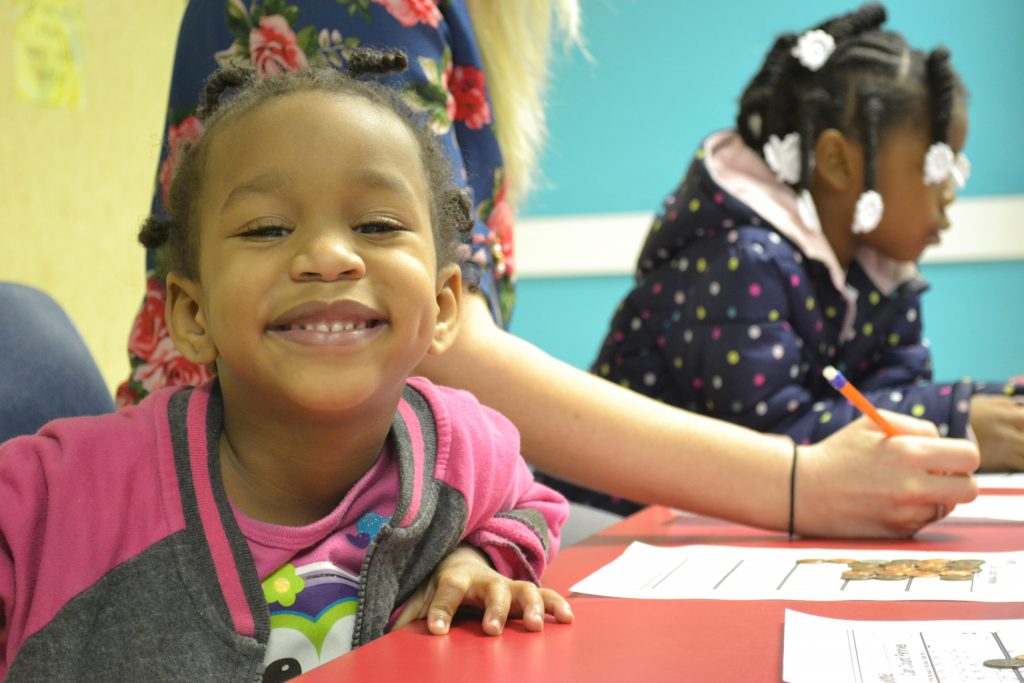Contributed by Anna Blount
Imagine you’re hiking in the woods. Suddenly, a huge shape lumbers across the trail – a black bear has crossed your path! Your breathing becomes short, your heartbeat skyrockets, and every muscle tenses as cortisol rushes through your bloodstream. Your brain is on high alert – ready for the flight or fight response. As you freeze in place, the bear passes by and is gone as quickly as it appeared. You run further down the trail and realize the threat has passed. You feel your body start to relax as you breathe more deeply and your heart rate drops.
For youth affected by trauma, the huge black bear on the trail is always around. These youth live in a flight or fight response resulting from traumatic experiences called ACEs – or Adverse Childhood Experiences. According to the Centers for Disease Control (who developed the ACEs list), the 10 types of ACEs trauma cause significant problems later in life. Adults who had high ACEs scores as children are 200% more likely to have a stroke, tend to have a shorter lifespan (up to 20 years off life expectancy), and lose up to $84 billion in life potential.
In the short term, ACEs experiences result in brains being on constant high alert – sometimes even sending signals of danger and distress when none exist. So how do we as educators engage with these youth and help them to cope? The answer: fostering resilience.

Fostering Resilience: Creating Positive Experiences?
Resilience is the ability of someone to move beyond trauma and “bounce back” from difficult experiences. We can think about the process of building resilience as a see-saw. Negative experiences (trauma, rejection, difficulty) pile up on one side of the see-saw. On the other side, positive experiences accumulate (relationships with attentive adults, optimism, healthy friendships). On the surface, it would seem that helping young people affected by trauma would involve trying to load as many positive experiences onto the see-saw as possible. However, that is not the key to fostering resilience. Many youth experiences are outside the control of educators. As well, educators won’t always be in the life of a particular youth. What happens when the young person graduates or moves on from a particular program? What will buoy up their resilience then? While positive experiences are great, the key to fostering resilience lies in moving the fulcrum.
Fostering Resilience: Moving the Fulcrum
When a fulcrum is in the exact center of a seesaw, the weight needed to hold the see-saw level is the same on each side. A fulcrum in the center means that more weight on one side of the see-saw will result in a tilt towards the side with more weight. Moving the fulcrum allows fewer positive experiences to have a greater positive impact. Moving the fulcrum happens when youth gain skills related to stress management, planning ahead, problem solving, critical thinking and regulating their own emotions and behavior.
For those working with youth affected by trauma, skill building is the key to fostering resilience and helping young people overcome difficult experiences.
Skill Building Ideas + Further Reading
Any skill building must be founded on strong relationships between the service provider and youth. Here are some ideas for developing relational capacity with young people affected by trauma:
- Be honest about your own experiences to foster connections. Share photos of things important to you, hobbies, favorite foods, and funny stories.
- Ask teens to teach you something. Ask how SnapChat works or for a crash course in the hottest fashion trends.
- Be mindful of body language. Providers can easily communicate nervous energy or uncertainty with body language. Remember to relax, smile, and avoid body tension.
- Be intentional about using healthy, appropriate touch with teens affected by trauma. High fives, fist bumps, and side hugs are all ways to build relational capacity.
When it comes to actual skill building, remember the following:
- Intentional previewing of skills is key. For example, let’s say you are planning a trip for a group of middle schoolers to a sit down restaurant. Before going into the restaurant, have kids watch a video of someone ordering in a restaurant, practice ordering in pairs from a sample menu, and look up the restaurant’s website together.
- Use experiential learning. Trips and outings provide a wealth of opportunities for learning. A trip to a basketball game is a great way to practice planning (Where will we park?), problem solving (How do we find our seats? What can I do if I start to feel anxious in a crowd?), and time management (What time will we need to leave?).
For more information, check out work done by the Center on the Developing Child at Harvard University.
 Anna Blount is the Founder and Executive Director of Team Up Mentoring, a case management and mentoring nonprofit based in Monroe, Georgia. Team Up works with young people ages 3-21 who have experienced a significant amount of trauma in their early childhood. Team Up does whatever it takes to foster growth and success, investing up to 18 years of education, wellness, and transportation services for each child and family. Learn more about Team Up by visiting www.teamupmentoring.org.
Anna Blount is the Founder and Executive Director of Team Up Mentoring, a case management and mentoring nonprofit based in Monroe, Georgia. Team Up works with young people ages 3-21 who have experienced a significant amount of trauma in their early childhood. Team Up does whatever it takes to foster growth and success, investing up to 18 years of education, wellness, and transportation services for each child and family. Learn more about Team Up by visiting www.teamupmentoring.org.
